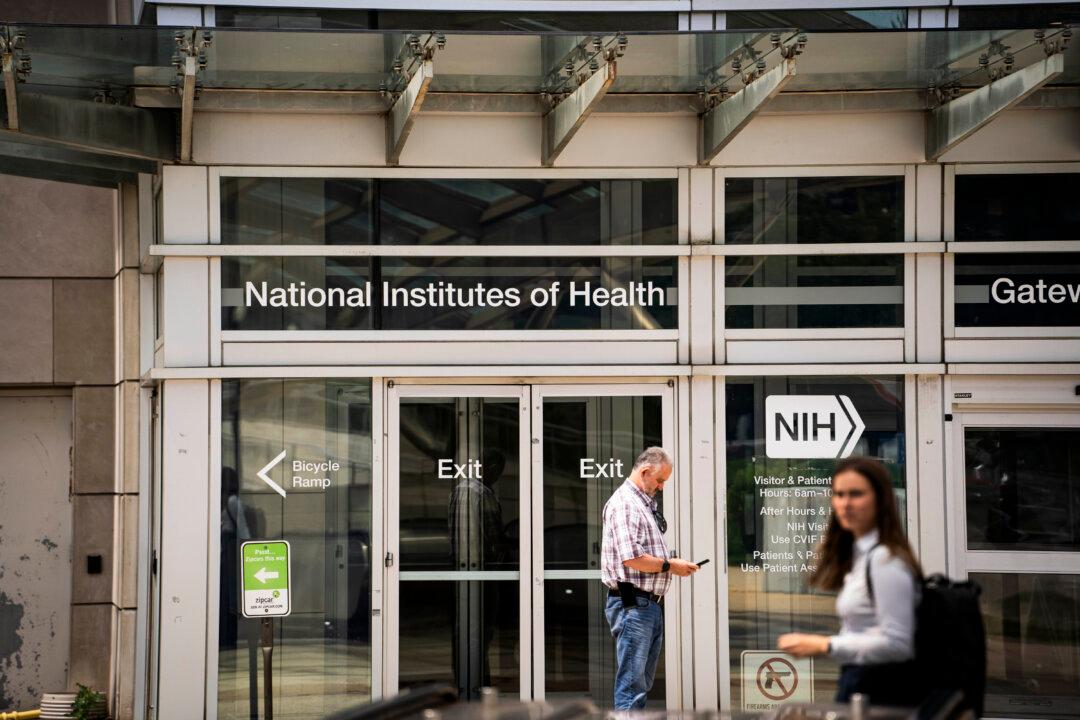Safe-haven assets like bonds and gold gave up some recent gains while stocks clawed back some of yesterday’s dramatic losses amid rising hopes of imminent monetary and fiscal stimulus to counter the coronavirus epidemic.
As of 11:39 am ET on March 13, the benchmark 10-year U.S. Treasury note was up over 10 percent on the day, while the 30-year bond lifted over 4 percent, in a sign that some of Thursday’s risk-off panic had subsided. Treasury yields move opposite to prices, with rising yields being a sign that investors have a greater appetite for risk and are abandoning refuge assets in a search for higher, but riskier, returns.
At the same time, the Japanese yen lost 1.95 percent relative to the U.S. dollar (JPYUSD), while the Swiss franc gave up 0.67 percent relative to the greenback (CHFUSD). Both currencies are considered safe-haven plays that typically enjoy a boost when markets are in turmoil.
Gold, another haven asset, also gave up some of Thursday’s gains, with the spot price denominated in U.S. dollars (XAUUSD) down 1.31 percent as of 11:39 am ET.
The major Wall Street stock indexes spiked off the open on Friday, and while the rally appears to be fading, all three were up over 1.2 percent at the time of reporting.

‘Very Close to Getting This Done’
The risk-on rally appears linked to investor expectations of a round of fiscal and monetary easing to thwart a looming global recession in the face of the coronavirus pandemic.“What we’re headed for is a market that should begin to settle down (with) investors now expecting the government to get the economic plan in place and get it into law,” said Peter Cardillo, chief market economist at Spartan Capital Securities in New York, in comments to Reuters.
Investors are hopeful that a much-anticipated stimulus package, which has been delayed by partisan wrangling over entitlement-related details, could be announced by Friday.
Treasury Secretary Steve Mnuchin has proposed a variety of tax breaks, while House Speaker Nancy Pelosi and the Democrats have called for expanding the safety net to help those who may lose work as schools close, sports arenas sit empty, and airlines cancel flights.
“We’re close,” Pelosi told reporters after negotiating through the night.
In a similar expression of confidence that a deal was imminent, Mnuchin told CNBC Friday morning that the two sides were “very close to getting this done.”
The recent equities rout and spectacular return of volatility are also driving rising expectations that the central bank’s rate-setting body, the Federal Open Market Committee (FOMC), will slash interest rates to zero when it meets next Wednesday to determine its target Federal funds rate.
“In light of the continued growth in coronavirus cases in the U.S. and globally, the sharp further tightening in financial conditions, and rising risks to the economic outlook, we now expect the FOMC to cut the funds rate 100 basis points on March 18,” Goldman Sachs Group Inc. chief economist Jan Hatzius and his colleagues wrote in a note Thursday, as cited by Bloomberg.
The FOMC’s next meeting is scheduled for March 17-18 in Washington.





